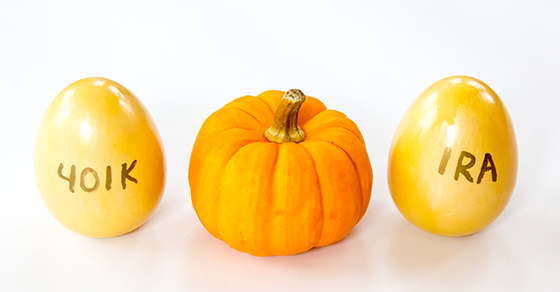Are you timing business income and expenses to your tax advantage?
 Typically, it’s better to defer tax. One way is through controlling when your business recognizes income and incurs deductible expenses. Here are two timing strategies that can help businesses do this:
Typically, it’s better to defer tax. One way is through controlling when your business recognizes income and incurs deductible expenses. Here are two timing strategies that can help businesses do this:
- Defer income to next year. If your business uses the cash method of accounting, you can defer billing for your products or services. Or, if you use the accrual method, you can delay shipping products or delivering services.
- Accelerate deductible expenses into the current year. If you’re a cash-basis taxpayer, you may make a state estimated tax payment before Dec. 31, so you can deduct it this year rather than next. Both cash- and accrual-basis taxpayers can charge expenses on a credit card and deduct them in the year charged, regardless of when the credit card bill is paid.
But if you think you’ll be in a higher tax bracket next year (or you expect tax rates to go up), consider taking the opposite approach instead — accelerating income and deferring deductible expenses. This will increase your tax bill this year but can save you tax over the two-year period.
These are only some of the nuances to consider. Please contact us to discuss what timing strategies will work to your tax advantage, based on your specific situation.
© 2016 Thomson Reuters






 Section 529 plans provide a tax-advantaged way to help pay for college expenses. Here are just a few of the benefits:
Section 529 plans provide a tax-advantaged way to help pay for college expenses. Here are just a few of the benefits:
 If you have incomplete or missing records and get audited by the IRS, your business will likely lose out on valuable
If you have incomplete or missing records and get audited by the IRS, your business will likely lose out on valuable